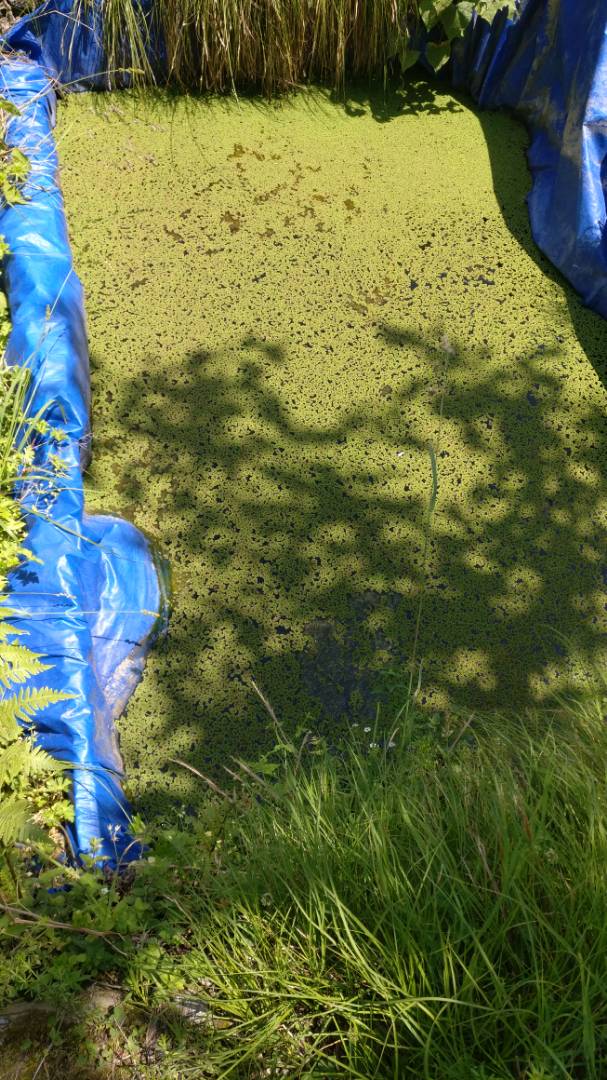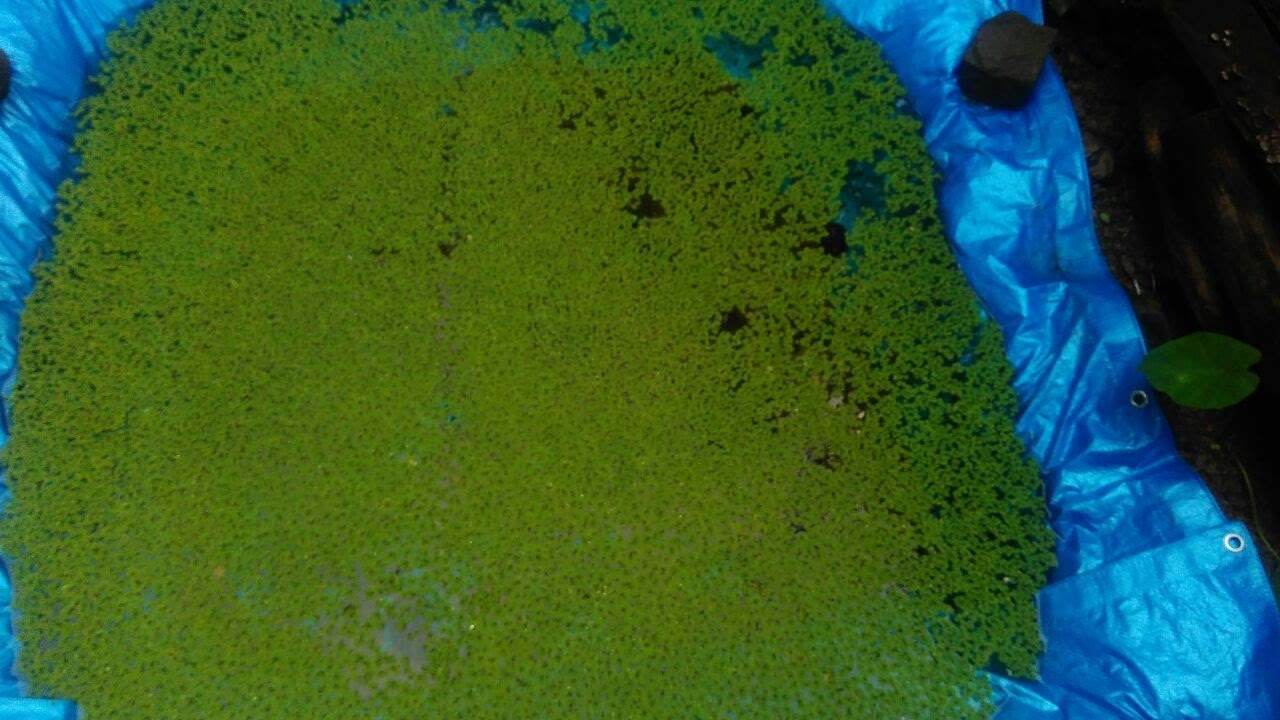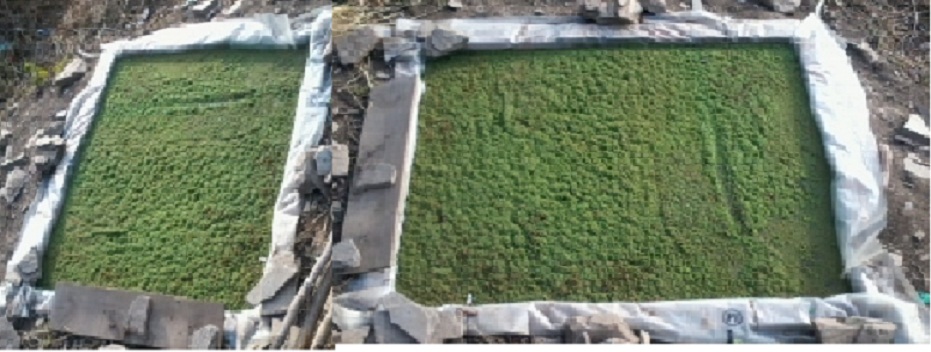We had distributed Azolla in the month of April and May, 2017. Our target was to distribute at least 40 kits of Azolla which include one tarpaulin(6*9 ft), one packet SSP(200g) and Azolla to the farmers at different location of Himachal Pradesh, so that people gets familiar with Azolla and its benefits.
We had promoted Azolla with vermicompost as it is easily available to the farmer and also to reduce the dependency on SSP. Our target was to distribute at least 40 kits of Azolla to farmers at different locations. We got an overwhelming response from farmers about Azolla. Initially everyone was interested to try Azolla as a cow feed. Our team Azolla explained people about the benefits, uses and plantation of Azolla at their houses.In June, 2017 Azolla was planted at a village near Panarsa in Mandi District of Himachal Pradesh. Panarsa is situated at a height of 6,726 ft above the sea level. Here, in winters temperature can fall upto 0 degree Celsius during wintry cold night and also snowfall is a common problem for the survival of Azolla. As we found in our observations above azolla turned brown during the whole winter season because of fall in temperature. Similarly in Panarsa, Azolla stops growing and turned brown in texture. A covering is provided to Azolla during night to prevent it from dewdrops and removed the covering during day to provide it the required sunlight. Till the first week of April it regained its green texture and its growth rate. Here, Azolla survived snow and became adaptable for this region.
Mandi town of Himachal Pradesh is situated at a height of 2,790 ft above the sea level. Here, we don’t have snowfall in this region during winters but temperature can fall up to 2 degree Celsius during winter’s night, which is not a suitable temperature for Azolla. At this location, Azolla was planted at a small nearby village known as Sambal in the month of September. This month has a suitable temperature and humidity for the growth of Azolla. It grow well in the month of September October and November but as soon as winter hits on it started dying and turned brown and then dark brown in color. Similarly here in Mandi it is covered at night to prevent it from dew and uncovered during day to provide enough sunlight to it. As soon as winters get over till the mid of March it again became healthy and green in texture. Its growth rate is increased and it survived the winters and became adaptable for this region.




Balh tehsil of District Mandi Himachal Pradesh is situated at a height of 3900.919 ft above sea level. Here Azolla was planted at a small village known as Nouru near Bhagrotu. At this location there is a problem of heavy fog during winters. Temperature can get as low as 2 degree Celsius at night and fog is observed till afternoon, which creates difficulty for sunlight to reach Azolla and these environmental conditions are not suitable for the survival of Azolla. Azolla was planted in the month of September, which has suitable environmental conditions for it. Azolla was growing healthy and green till November after which due to fall in temperature Azolla starts to fade in colour and a halted growth rate has been observed. Azolla was not covered during night and foggy days. Azolla at this location cannot revive itself in summers due to non covering in winters.
Peri is a small Village in Balh Tehsil in Mandi District of Himachal Pradesh State, India. It comes under Peri Panchayath. It is located 10 KM towards the South from District head quarters Mandi. It is situated at a height of 3900.919 ft above sea level. Temperature can get as low as 2 degree Celsius but there is no problem of snowfall or fog. Here Azolla was planted in July 2015. In winters Azolla was planted with cow dung, as a result of which azolla remains green but with a very slow growth rate. Azolla is not covered in winters as done in other different locations. This Azolla survived winters without dying, but due to the smell of cow dung cattle was not able to eat it. But this method is good for the survival of Azolla in the winters, so that we can preserve it for next summer.
Department of Science and Technology under CSTRI Scheme.
{ Click here to know more }
IIT Mandi
Mandi, (H.P.)-175005